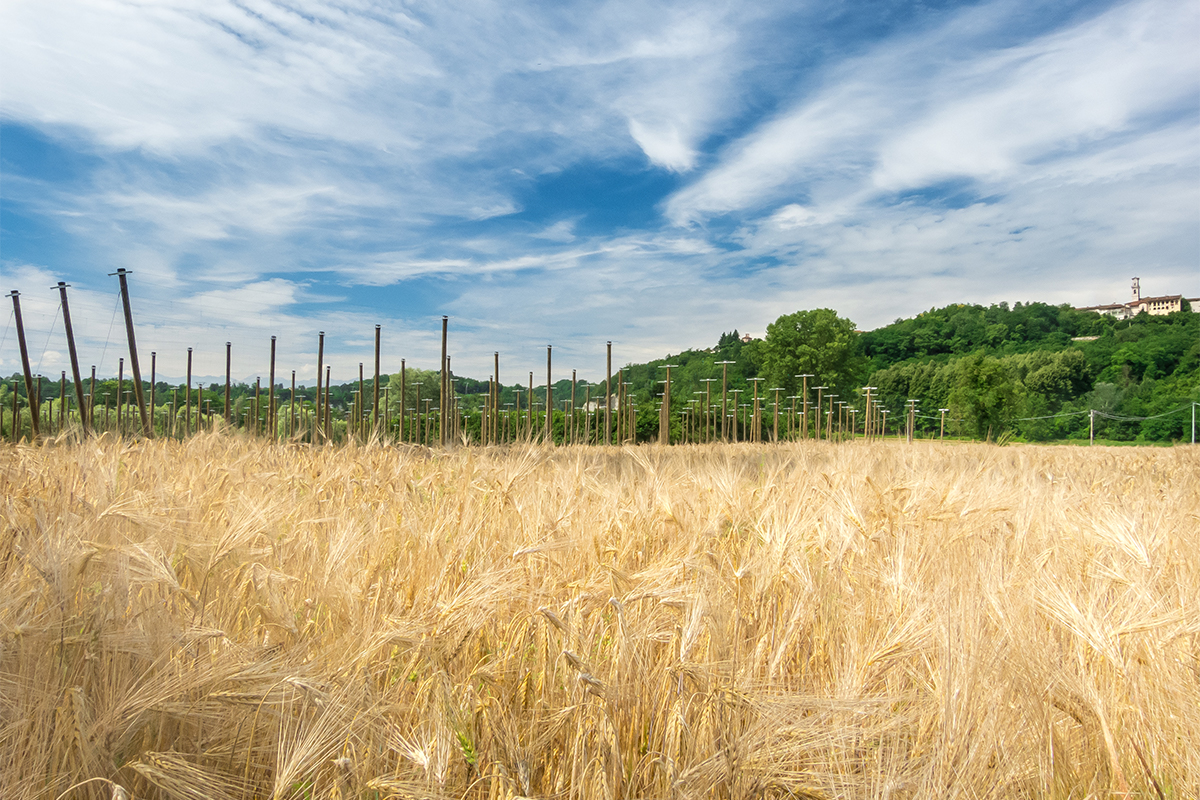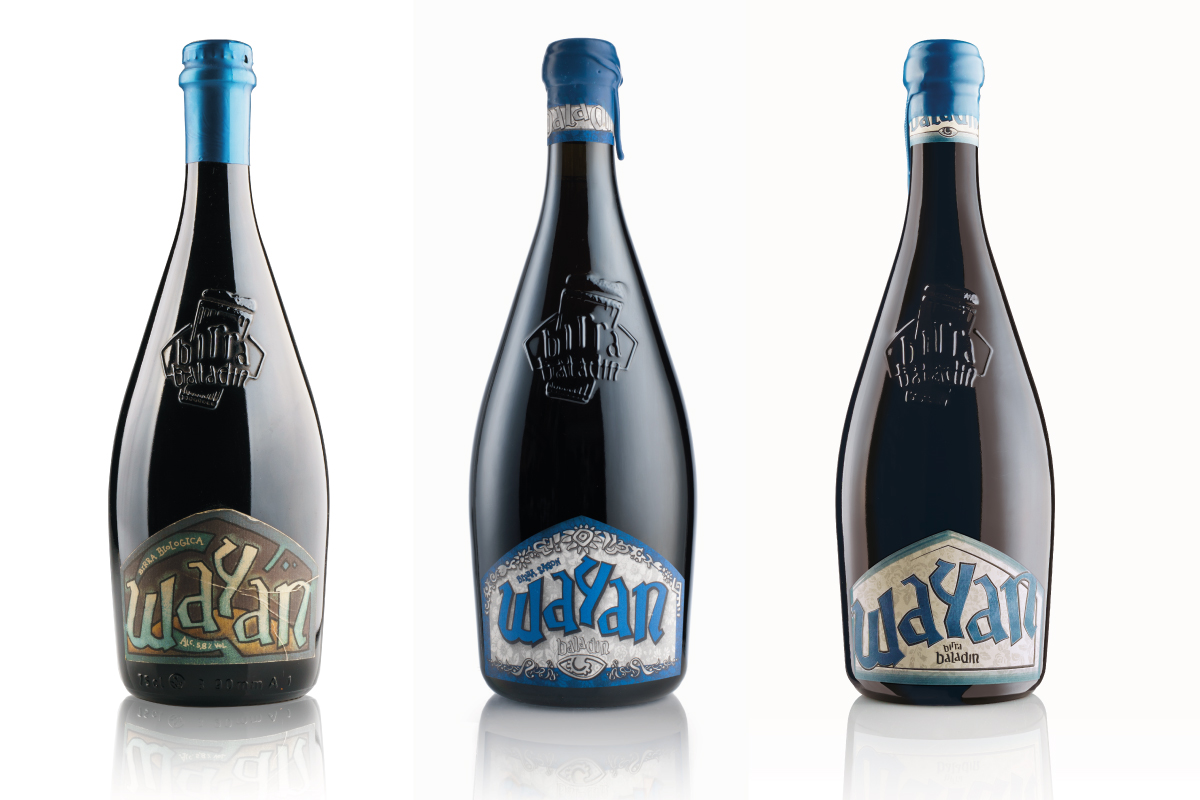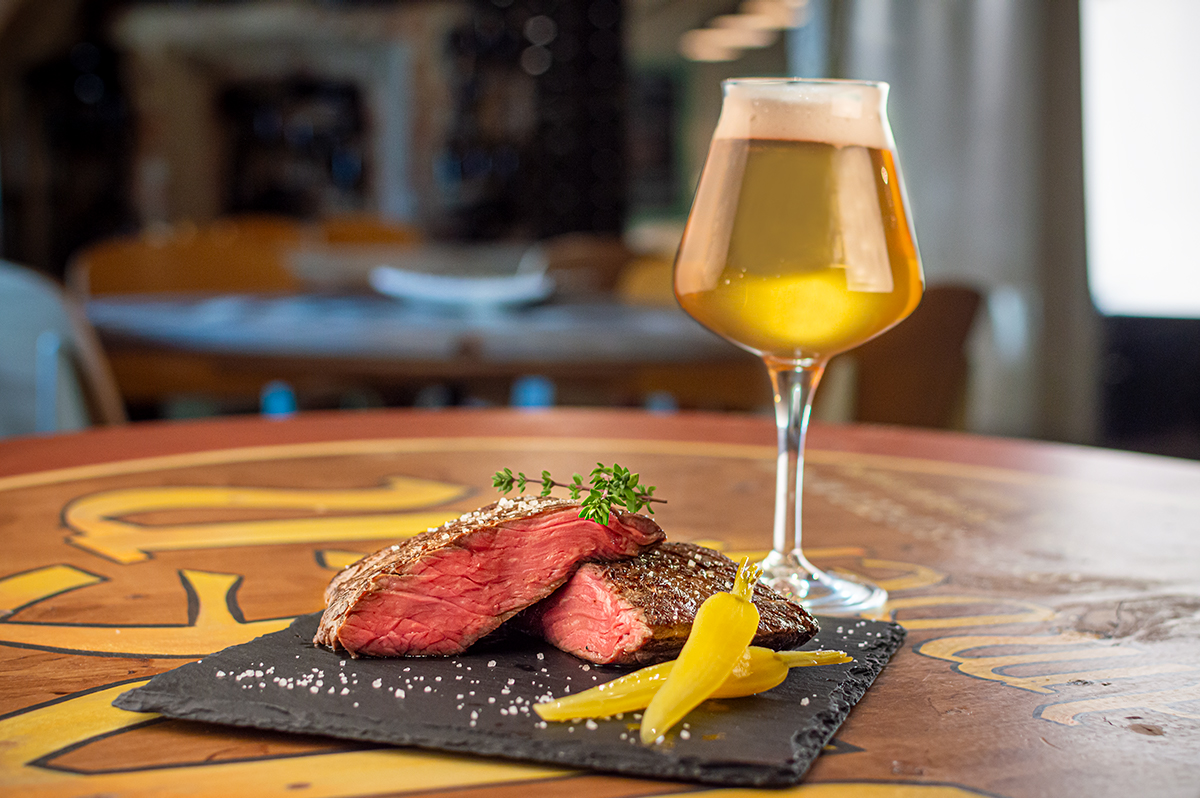Saison beers: barley malt, and much more

In the endless beer landscape of Belgium, the Saison style is one of the most interesting. Its origins are unknown, but these beers were certainly connected to life in the fields. Their production was - and often still is - carried out at farmhouses. Historically, this habit can be found in other European countries, but it is particularly common in Belgium.
The first Saisons were very peculiar beers: made with homegrown yeasts, often with the addition of spices, and brewed with locally available grains. Many - both modern and traditional - Saisons share the presence of additional grains as well as barley. The fermentable basis is often made of a mix of different ingredients, which determine the organoleptic profile of the beer.
The use of alternative cereals is not unique to Saison beers: it’s actually a very common practice in international brewing. But what are the ingredients that complement barley? What are their effects on the end result? Let’s take a look at the most important ones.
Wheat
After barley, wheat is certainly the most common grain used in beer-making. Many beer styles fall under the family of “wheat beers”, where wheat accounts for a significant percentage of the fermentable basis. Some of these are very traditional: the most renowned ones are German Weizen and Blanche beers (or Witbier) in Belgium.
Germany boasts two more wheat styles: Berliner Weisse - acidic and light - and Gose, made with salt, coriander and Brettanomyces. The latter are typical of the Leipzig area.
In the United States, we find White IPAs, a “white” version of the ultimate American style, and Wheat Wines, a reinterpretation of Barley Wines with a certain percentage of wheat in the grist. Wheat Beers are also quite common in the United States. In contrast to their European sisters, they are often made with neutral yeasts, which do not have a great influence on the aromatic profile. Finally, it’s worth noticing that Lambic, the legendary Belgian spontaneously fermented beers, contain a relevant percentage of non-malted wheat.
Some styles use malted wheat (such as Weizen beers), others use non-malted wheat (such as Blanche beers). The use of wheat has specific effects on the brewed beer: it tends to create a lighter body and provides a slight final acidity - two characteristics that often make wheat beer a perfect summer drink. Wheat also intensifies the haziness.
Oat
Oat is historically very common in Scotland and in Scandinavia. It’s often used as animal fodder, but it is also widely used in food recipes. Its use in beer-making is widespread, both because of its typical aroma, and, most importantly, because it gives beer a sweet note and a smooth texture. The use of this cereal has even led to the creation of a specific sub-style: Oatmeal Stouts. It’s a variant of the typical British dark beers, where the harsh notes of dark malts are mitigated by the sweetness and mouth feel that come from the addition of oat flakes. In general, the percentage of oat is less than 10% of the fermentable basis.
Rye
Just like oat, rye is traditionally used to make bread, but it is also commonly used in beer brewing. It’s mainly grown in a wide area in northern Europe, including northern Germany, the Baltics, part of Russia and Scandinavia. Rye increases the complexity of a beer, adding notes of spices and lending a “rustic” character to the end product. In some cases, it can give reddish hues and a stronger body. Its percentage ranges from 10% to 20% of the fermentable basis. It is commonly used in the United States, where we find Rye IPAs: American India Pale Ales where the aromatic profile is enriched by the use of rye. Traditionally, the use of rye in beer brewing is documented by the German Roggenbier style. These beers are similar to the more famous Weizen, but are much less popular. It’s virtually a “fossil” style, which disappeared and has been brought back to life in a modern form by some breweries.
Other grains
Other grains used in beer-making that are worth mentioning are spelt, millet, corn and rice. Some are widely used by industrial breweries to replace part of the barley malt and thus cut production costs; however this means giving up quality.





